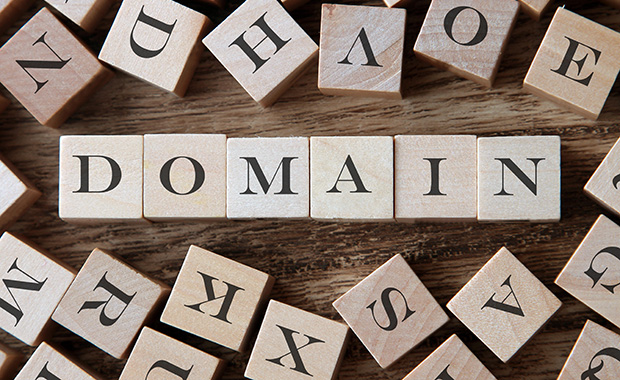Pet names & family birthdays: Popular passwords in different countries
Would you use your pet’s name as a password? This is a popular option in the UK. Or your wife’s birthday? Then you might be German! A mail.com survey sheds light on password trends in several different countries.
more
50 people found this article helpful.
How to respond to work emails that upset you
*Ding* You’ve just gotten an email and it does not sound polite at all. Actually, it is so unpolite that it is really upsetting. First instinct is of course to respond and make your points known in the same language and attitude of the email you received. But what if it was not intended to be rude?
more
37 people found this article helpful.
How to compose an email with mail.com: Discover your options
You’re writing an email in your mail.com account and would like to change the font – is that possible? Where do you click to add a recipient from your address book? And is there even a spellcheck? Today we’ll give you a tour of the Compose E-mail window. Plus tips and tricks you should definitely use when writing an email.
more
352 people found this article helpful.
Feeling misunderstood? Text tone indicators help clarify meaning online
If you are a frequent user of social media platforms, you may have spotted additions to people’s posts in the form of a slash and a letter, like this: /srs. This is called a tone indicator. Like the tone of a person’s voice pitched higher to indicate a question or louder to indicate anger, these markers help clarify the meaning of the words.
more
136 people found this article helpful.
What is an email domain and how to choose one
An email address always has the same structure: the user name in front of the @ symbol and a domain name behind it. But what is the email domain all about? And what are your options for customizing the email domain to create a unique email address? Keep reading to get the exclusive on email domains!
more
172 people found this article helpful.
Glossary of email terms everybody should know
What is a blocklist? What does BCC stand for? And what does two-factor authentication actually mean? A lot of terms get thrown around when we talk about the internet, and sometimes the exact meaning is unclear to users. Never fear – our glossary of email terminology to sheds light on 30 common email terms.
more
72 people found this article helpful.
How to turn a pop-up blocker off in your web browser
We remember the days when web browsing was interrupted by pop-up ads – those small windows would suddenly appear in the foreground, distracting our attention. Because they can be so annoying, web browsers now automatically block pop-up windows. But blocking all pop-ups can also disable website features you need.
more
156 people found this article helpful.
How to stop spam text messages: Prevent, block and report
We all hate spam text messages! And if it seems like you’ve been receiving more of them, it’s not just your imagination – as spam email and spam calls face increasing obstacles in the form of blocklists and government regulations, spammers have been increasingly turning to spam text messages.
more
265 people found this article helpful.
How to send a large file by email: Attachments & file-sharing functions
Are you looking to transfer a large file by email but not sure of the best way to go about it? We get it – there can be a lot of confusion about attachment size limits and free file-sharing services. So mail.com makes it easy for you, with generous attachment sizes and a file-sharing function integrated into our Cloud.
more
174 people found this article helpful.
Does email work in space? How astronauts send emails
When humans first landed on the moon almost 53 years ago, email had not even been invented. Technology has advanced by leaps and bounds since 1969, however, and now astronauts have more options for keeping in touch with their colleagues and family back on Earth.
more
77 people found this article helpful.








